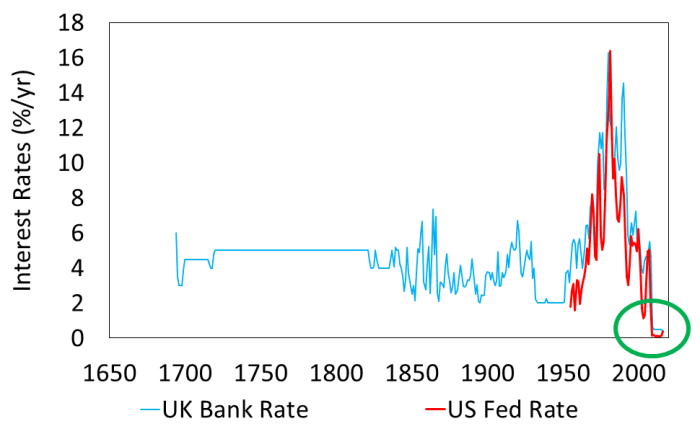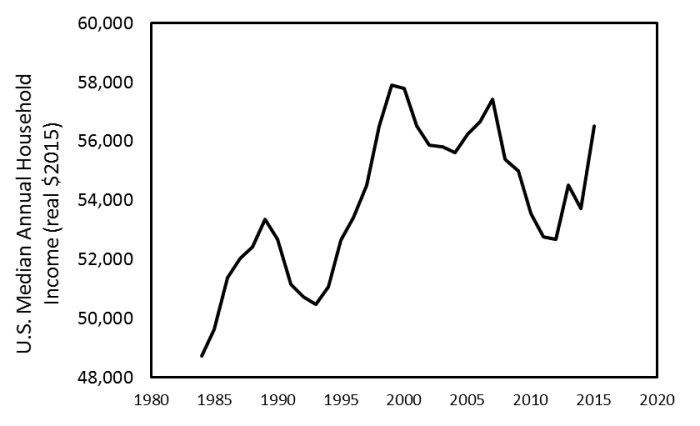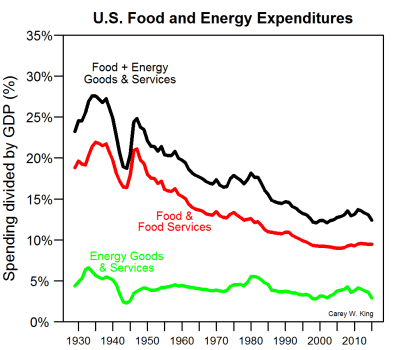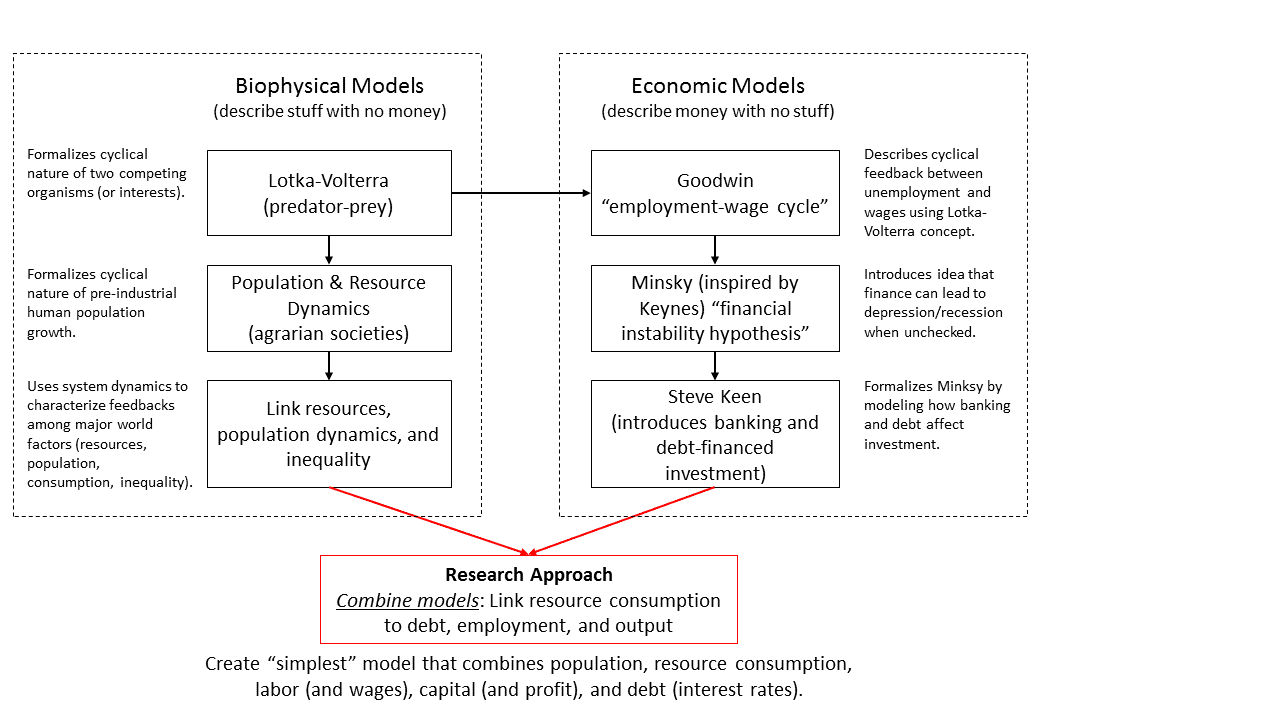Have you ever wondered why it is so obvious to some that we could and should transform our energy system to 100% renewable energy, and that economic activity would not skip a beat, while it is seemingly equally obvious to others that the moral argument is exactly the opposite, that we should produce as much fossil fuel energy as possible? You can’t come to more opposite conclusions from observing the same world we live in.
One explanation of this divergence in conclusions is the following:
economics is broken, and discussions regarding energy alternatives focus heavily upon flawed economic calculations and theory.
As an example, consider the task of projecting economic outcomes from investing in a transition to a low-carbon energy system.
The usual economic models of finance and debt often assume that natural resources (energy, food, materials) and technology are not constraints on the economy. Energy scenario models often assume that economic growth, finance and debt will not be constraints on energy investment.
In short, the usual economic models are fundamentally incapable of actually answering a fundamental question we want to ask. Instead of answering the real question we have: "If I make this series of energy investments, what are the impacts to the economy in the long-run?" they answer the less insightful question of "If I assume the economy grows this much, then what are the combinations of energy investments I can make?"
Several modeling concepts must be integrated into a new macro-modeling framework if we are to properly interpret our current post-2008 "secular stagnation" macroeconomic situation in the context of the long-term role of energy in our economy:
By taking a new approach we can properly interpret our current macroeconomic situation, including the following THREE unprecedented trends:

Figure 1. In the 300-year history of central banking, interest rates have never been as low as after the Great Recession (2008).

Figure 2. Median wages in the United States reached their peak around the year 2000, and have not yet returned to that level.

Figure 3. Consumer spending on energy and food in the United States, relative to gross domestic product, declined from the mid-1930s until around the year 2000. After that time it increased through 2014 before declining to near the 2002 value in 2016 due to the fall in oil prices.
Why is this last bullet relevant? Think about the following: the cost of energy and food have declined (as a proportion of all spending) since the use of fossil fueled machinery and industrialized agriculture. This declining cost trend coincides with both the economic growth of the fossil fuel era and increased wages (see Figure 2 above). However, this decline cannot occur forever, and as Fisgure 3 shows, it isn’t. This linkage of the "food and energy" sectors to wages and other long-term outcomes is missing, but must be incorporated, into macroeconomic modeling frameworks.
As we attempt to understand newer and more numerous options regarding energy system evolution (e.g. electric cars, renewables, information), it is paramount to have internally consistent macro-scale models that take a systems approach to track flows and interdependencies among debt, employment, profits, wages, and biophysical quantities such as natural resources and population.
Unfortunately, the fundamental integration of these ideas does not underpin our current thinking. By explaining (mathematically) how the world can simultaneously have high asset prices, high employment, low wages, low interest rates, and high debt, I am creating the fundamental tools to compare policy alternatives. The improved framework (in Figure 4) can contribute to more robust policy-making and investment under both current and future changing circumstances.

Figure 4. The research approach makes the critical link between biophysical modeling concepts and those of economic models that specifically include the link of debt-based finance to employment and economic growth.
Dr. King is seeking $25,000 in funding to match a generous donor $1 : $1 for a total of $50,000 to pay one post-doctoral fellow for 1 year to (1) train the next generation of economic and systems experts, (2) progress on model development, and (3) disseminate findings from the approach.
For more information, see Dr. King's website (http://careyking.com).
Donors of $150 or more will get a personal phone call from Dr. King where he will thank you and take any questions you have on the status, findings (published or unpublished), and goals of his research.
Donors giving $1,000 or more will be invited to a quarterly research update and presentation (via a webcast and/or phone line) during which time the donors can ask questions and learn more about research progress.
Donors that give $5,000 or more can, upon request, schedule a personal visit from Dr. King and/or the hired post-doctoral fellow. This can include a presentation of research results to date and discussion of research objectives.